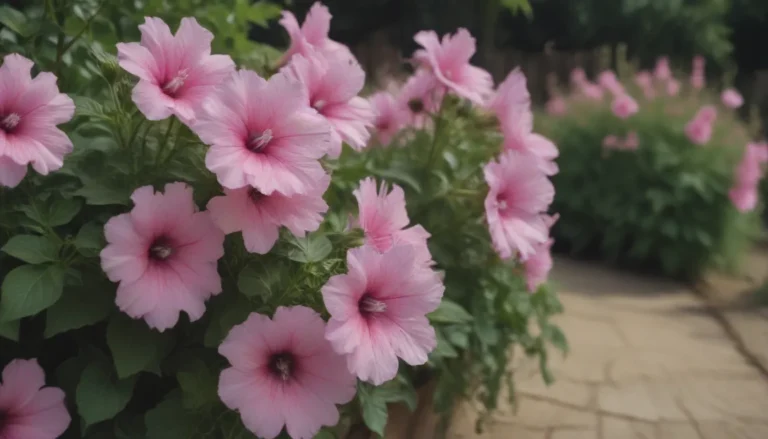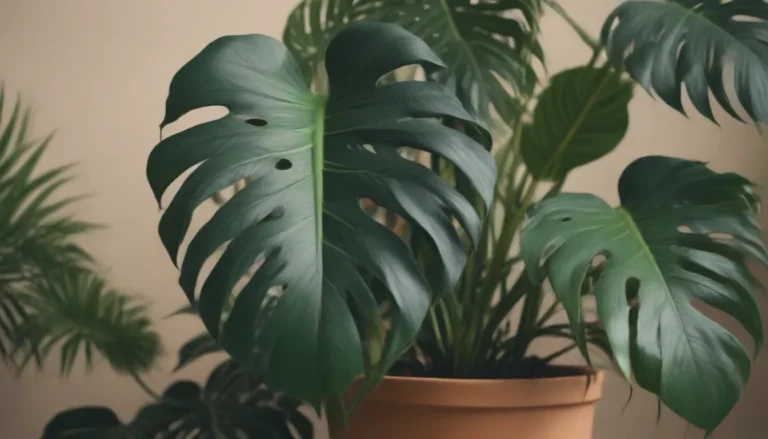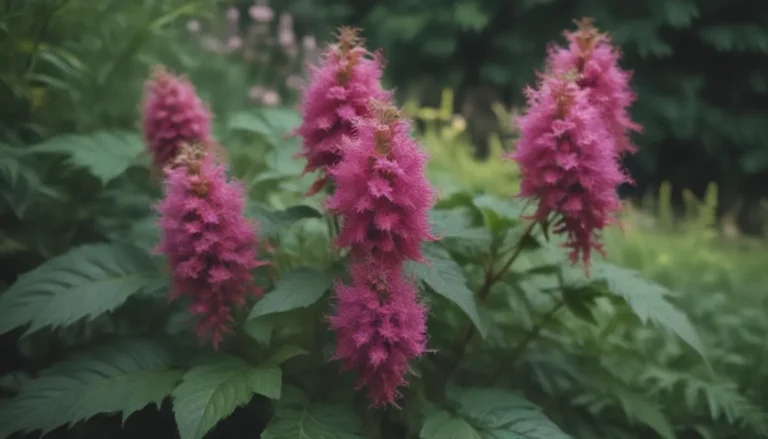Everything You Need to Know About Growing and Caring for Mahonia

If you’re looking to add some architectural flair to your garden or create a stunning privacy hedge, mahonia shrubs might be the perfect addition. These versatile plants are known for their large, holly-like leaves and fragrant golden-yellow floral sprays that attract pollinators.
In this comprehensive guide, we’ll cover everything you need to know to successfully grow and care for mahonia in your garden. From the different varieties of mahonia to pruning tips and common plant diseases, we’ve got you covered.
What is Mahonia?
Before we dive into the specifics of caring for mahonia, let’s clarify what exactly mahonia is. Mahonia, often referred to as holly-leaved barberries, are part of the barberry family and closely resemble holly shrubs. There are over 70 species of mahonia, with Oregon grape (Mahonia aquifolium) being one of the most popular varieties.
Mahonia Care Tips
Mahonias are known for being slow-growing, hardy, and low-maintenance shrubs. To ensure your mahonia thrives, follow these care tips:
Light
While mahonia can tolerate full sun and heavy shade, they thrive in partial shade positions. Deep shade may result in leggy growth for some species.
Soil
Mahonia species are not particular about soil type and can grow well in sandy, loamy, and clay soils. The key is to ensure that the soil is moist and well-drained.
Water
During the establishment phase, ensure your mahonia receives regular deep watering, especially in the first year. Once established, they are drought-tolerant and only need watering during hot, dry spells.
Temperature and Humidity
Mahonias can handle a wide range of temperatures, with some species tolerating temperatures as low as 5 degrees Fahrenheit. Mulching around the shrub in the fall can help protect the roots during extreme cold.
Fertilizer
Mahonias do not require frequent fertilization. An annual spring feeding with a slow-release, low-nitrogen fertilizer or a layer of mulch with fish and bone meal should be sufficient.
Popular Mahonia Varieties
With over 70 species of mahonia, there are plenty of options to choose from. Some popular varieties include:
- Oregon grape (Mahonia aquifolium)
- ‘Marvel’ mahonia
- Creeping mahonia (Mahonia repens)
- Frémont’s mahonia (Mahonia fremontii)
- Mahonia x media ‘Charity’
Warning: Watch Out for Invasive Species
While mahonia is generally easy to care for, it’s important to be cautious of invasive species like leatherleaf mahonia (Mahonia bealei), which can cause issues in certain regions.
Pruning Mahonia
While mahonias do not require frequent pruning, light pruning every few years can help maintain healthy foliage growth. Thinning out crowded branches can also help retain a tidy appearance. If your shrub becomes leggy or bare at the base due to deep shade, cutting it back to the ground can encourage new growth.
Propagating Mahonia
Mahonia species can easily propagate from cuttings taken in late summer or early fall. Follow these steps for successful propagation:
How to Grow Mahonia from Seed
If you prefer to grow mahonia from seed, follow these steps for spring planting:
Alternatively, you can sow the seeds directly in the ground in the fall and wait for spring germination.
Potting and Repotting Mahonia
Due to their spreading habit, mahonia is best suited for growing in the ground rather than in containers. Make sure to provide ample space for the plant to spread and thrive.
Common Plant Diseases
Mahonias are generally robust plants, but they can occasionally fall prey to diseases like rust or powdery mildew. To prevent these issues, water at the base of the plant, ensure good air circulation, and remove infected sections promptly. Fungicides can be used if necessary.
In conclusion, mahonia shrubs are an excellent choice for adding texture, color, and year-round interest to your garden. With their low-maintenance nature and stunning foliage, these plants are sure to be a standout feature in your landscape. Whether you’re a seasoned gardener or a beginner, mahonia is a versatile and rewarding addition to any garden. Happy gardening!





